|
|

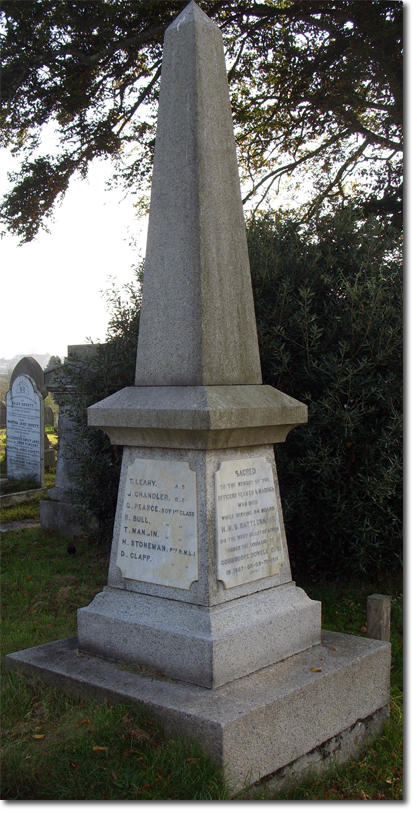 |
|
HMS Rattlesnake (pictured below off West Hoe) was a 21-gun Jason-class corvette launched in 1861 and broken up in 1882. Its relatively small size, shallow draught and retractable funnels (allowing the choice of steam or sail) made it ideal for the anti-slavery patrol along West Africa where sandbars and extensive rivers complicated maritime manoeuvres for more traditional ships. HMS Rattlesnake was on the Anti-slavery patrol throughout the 1860s but from 1867 to 1871 it came under the command of Commander Dowell. In the aftermath of the American Civil War and the victory of the North and thanks to the number of treaties signed by the British allowing Royal Naval ships to search and seize ships from or en route to Brazil and most European powers and their colonies meant that the number of slaving ships setting sail across the Atlantic declined dramatically. Basically, the Royal Navy won the war against slavers but only after decades of sacrifice and danger. This however, did not make the station much less dangerous for the sailors who still kept patrolling the coastline diligently. They still had to contend with terrible diseases along what was often referred to as 'the White Man's Grave'. There was also still significant local slave trading activity as tribes continued to fight with one another and regarded any captives as a potential source of revenue or labour.
From 1871 to 1873 HMS Rattlesnake ship and its crew served in the Third Ashanti War as the flagship of Commodore John Edmund Commerell VC. The Commodore was seriously injured whilst undertaking a reconnaissance mission up the Pra River with HMS Rattlesnake. He was injured badly in his lung and had to resign his command. The ship remained on station until the end of the war however. Unfortunately, there is no general memorial to the two and a half thousand sailors and marines who died on the anti-slavery patrol. The vast majority of these would have been consigned to the sea directly with a ceremony conducted by the ship's company if indeed their bodies could be recovered in the first place. Any later memorials were at the behest of individual captains or wealthy crew members. The fact that the memorial refers to those who died 'under the command of Commodore Dowell' suggests that he played an important part in organising and paying for this particular memorial. At the time, there was no Imperial or Commonwealth Graves Commission to organise and arrange any memorials or graves formally on behalf of the nation. Therefore, this HMS Rattlesnake memorial is the closest we have of thanking all those Royal Naval and Royal Marine personnel for their enormous sacrifices to fight slavery and free so many Africans from their terrible ordeal. Further Reading: Britain's War Against the Slave Trade: The Operations of the Royal Navy’s West Africa Squadron HMS Rattlesnake Image Courtesy of navyphotos.co.uk |
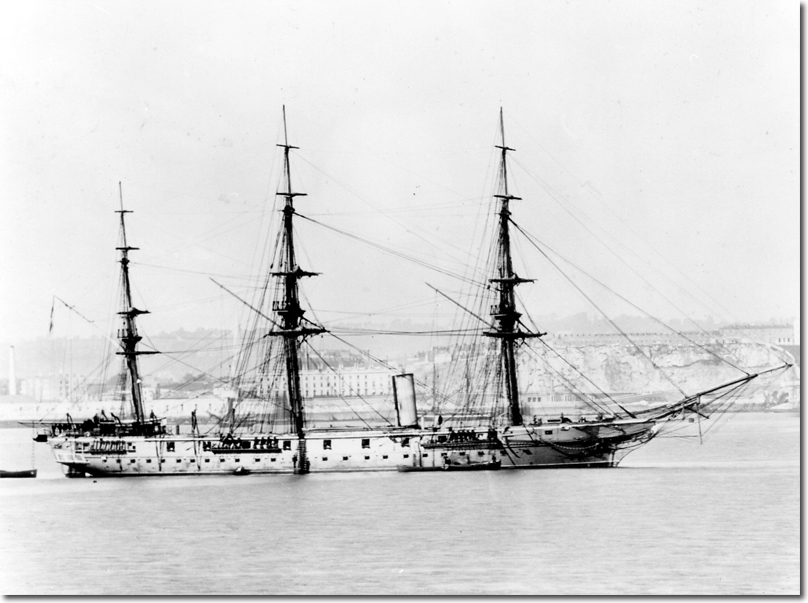
|
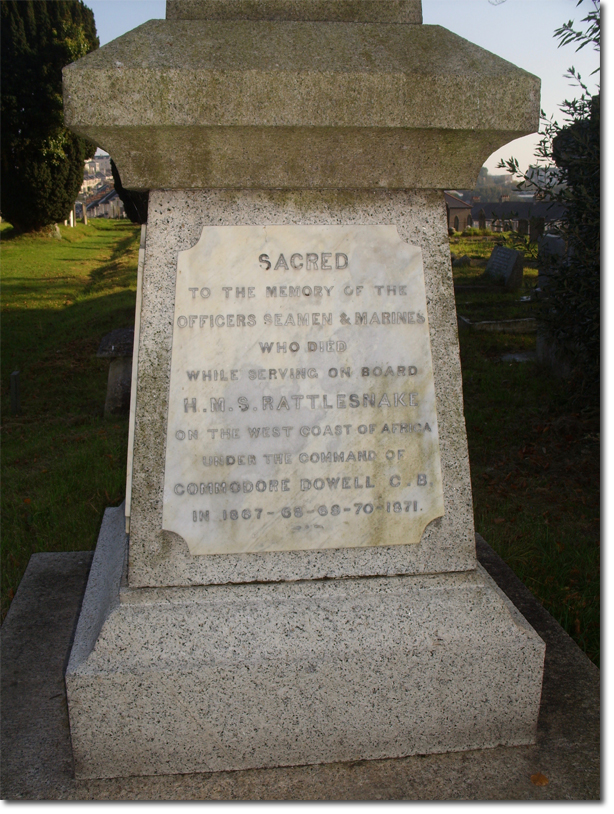 |
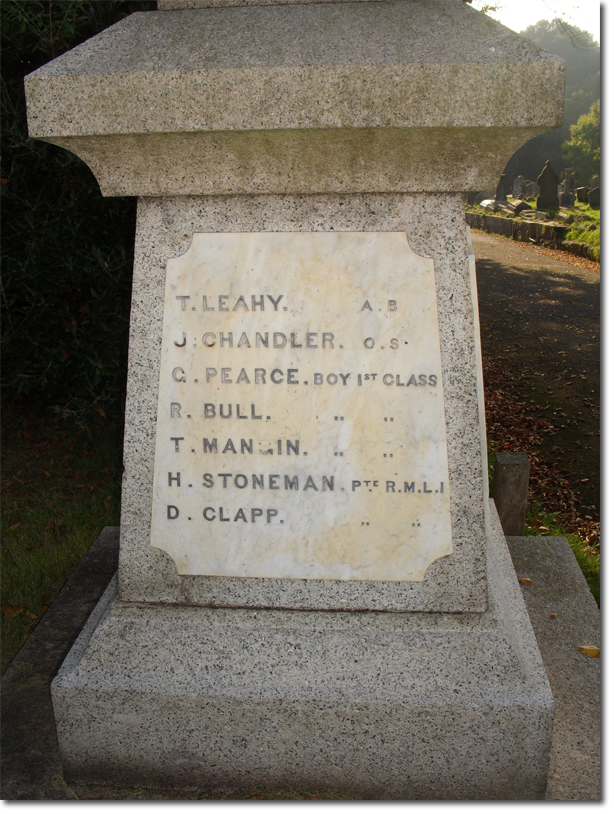 |
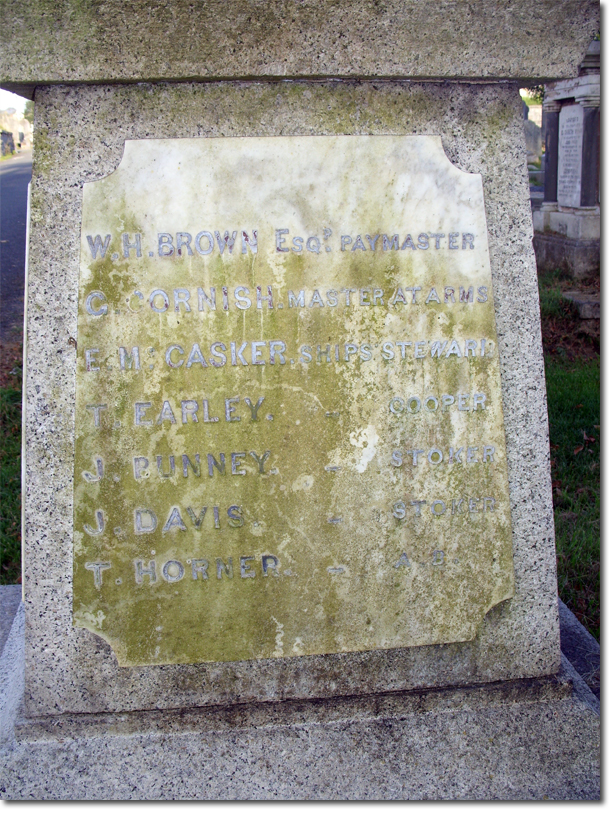 |
Empire in Your Backyard: Plymouth Article
Armed Forces | Art and Culture | Articles | Biographies | Colonies | Discussion | Glossary | Home | Library | Links | Map Room | Sources and Media | Science and Technology | Search | Student Zone | Timelines | TV & Film | Wargames